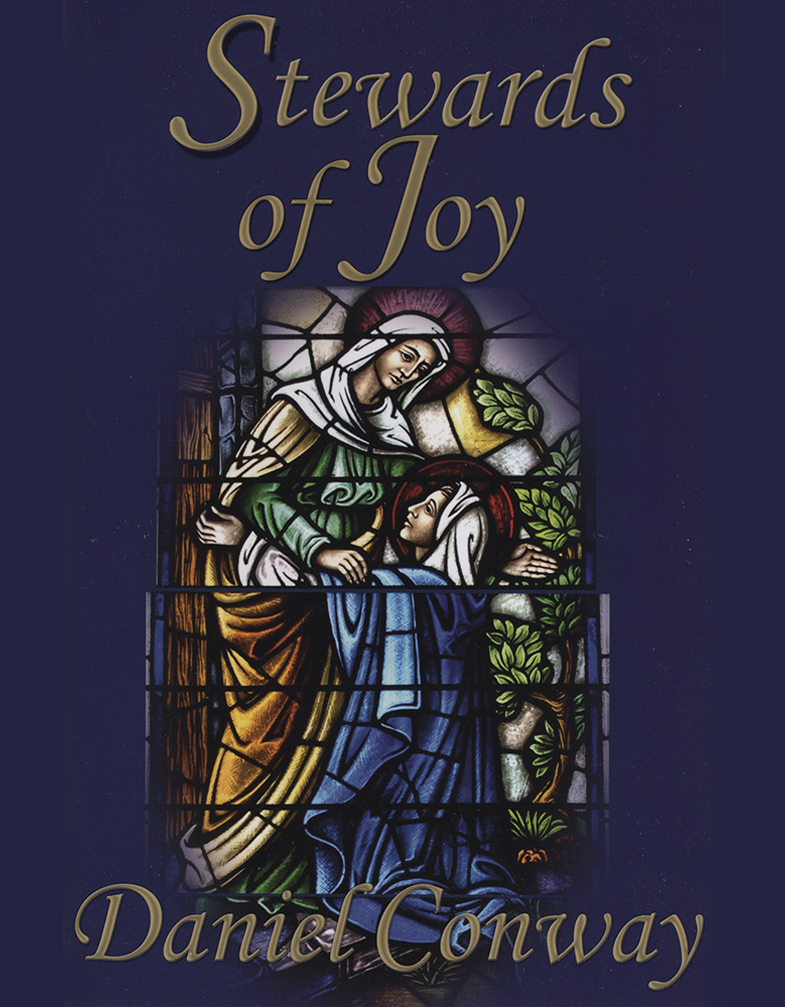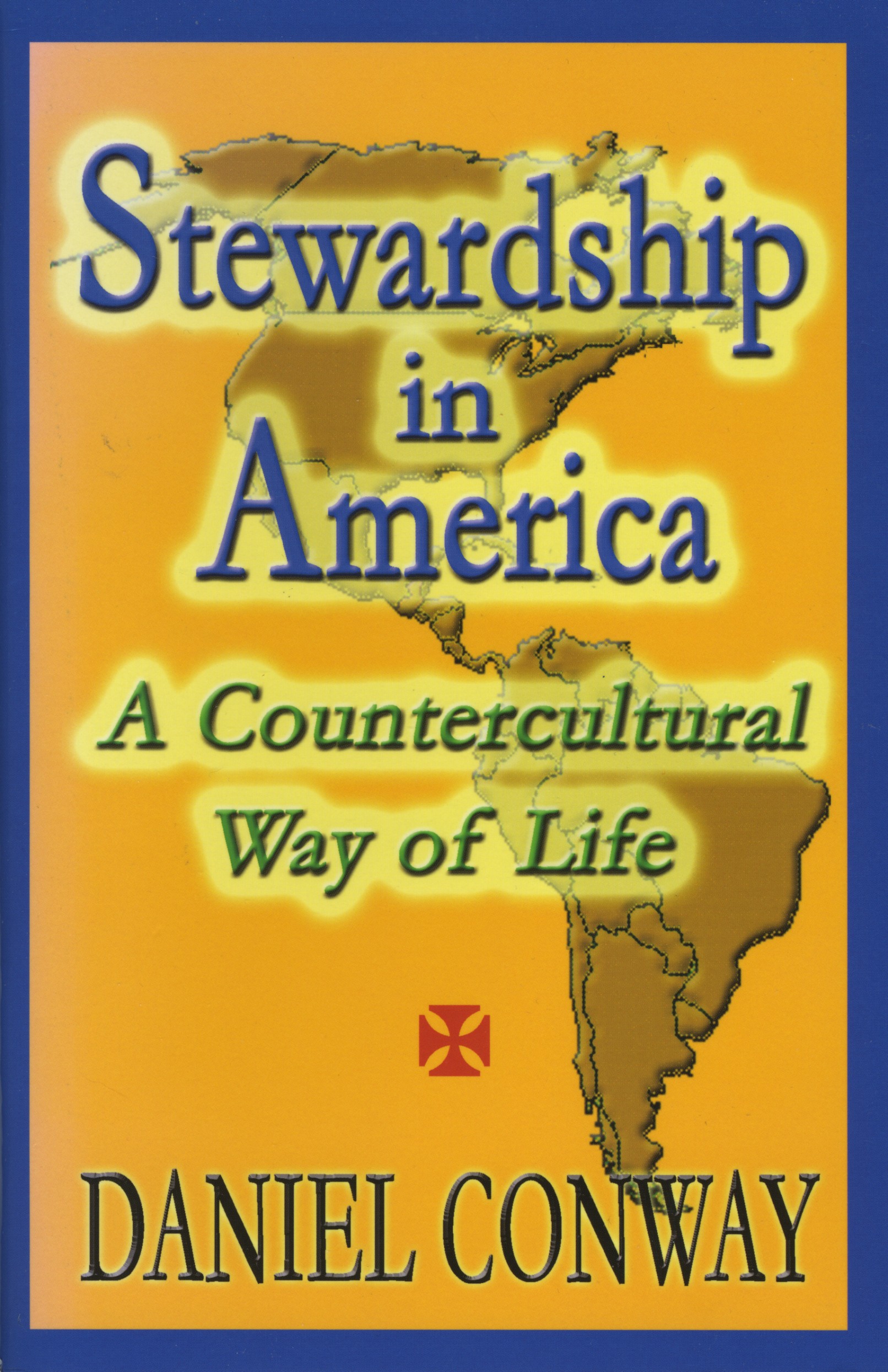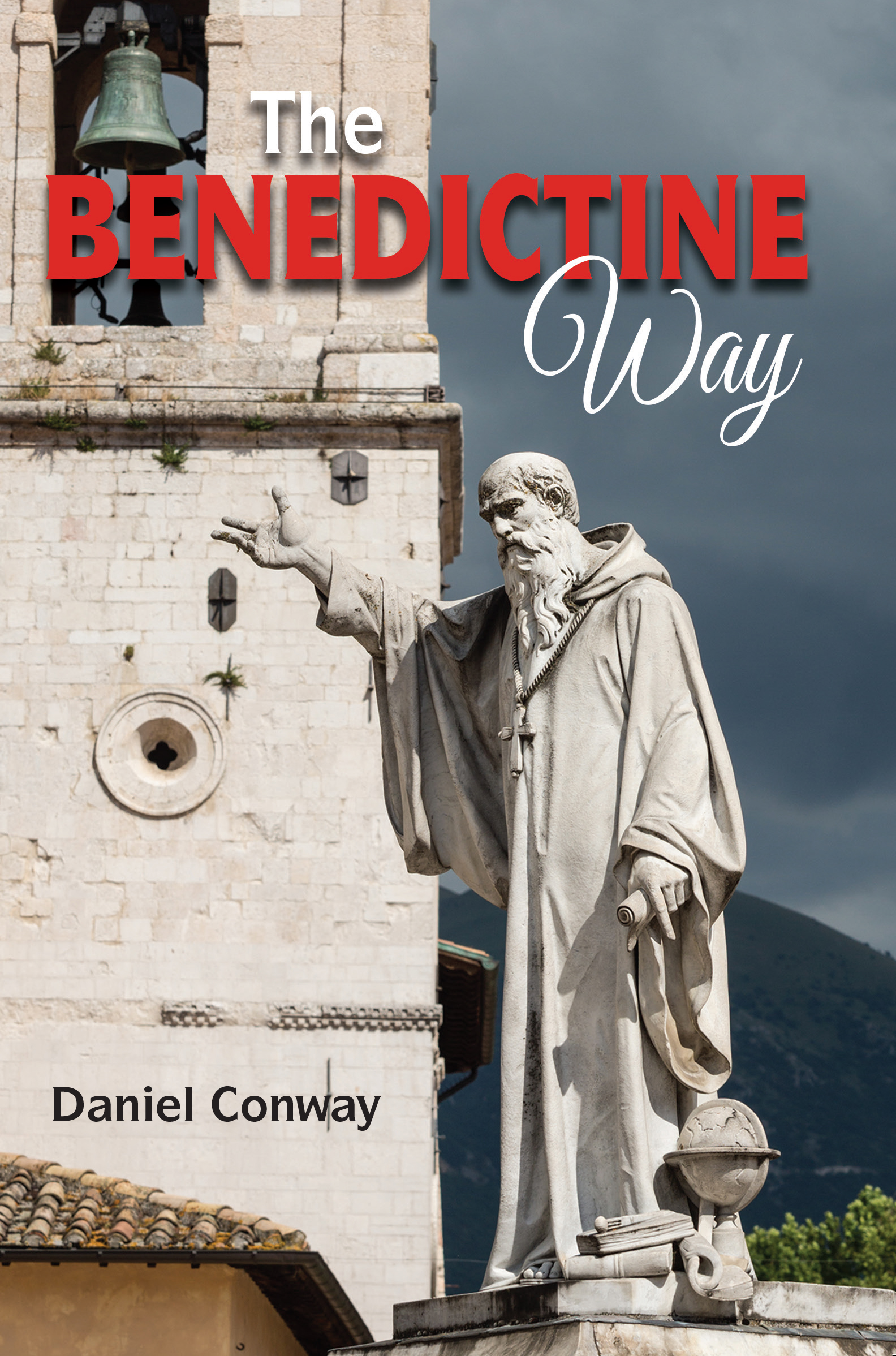Popes teach using a variety of instruments both formal and informal. Encyclicals such as “Laudato Si’, on Care for Our Common Home,” apostolic exhortations such as “Amoris Laetitia” (“The Joy of Love”) and papal bulls such as “Misericordiae Vultus” (“The Face of Mercy”) receive lots of attention in the media. These are important statements of Church teaching, and they reflect the passion and wisdom of the current pope, Jorge Mario Bergoglio, in very public and powerful ways.
But Pope Francis is always teaching. Homilies at daily Masses, Sunday Angelus reflections, catecheses given during the Wednesday general audiences, and many other forms of communication reveal the mind and heart of the first pope from Argentina, a Jesuit known for his strict observance of the vow of poverty and his commitment to live simply as a man of the people with a special love for the poor.
Pope Francis, like his namesake, “il Poverello,” the poor saint from Assisi, tries to lead a simple life, but he also relies on symbolic gestures such as living in the Vatican’s guesthouse instead of the apostolic palace or riding in an ordinary car instead of a limousine, to illustrate his teaching.
“Preach the Gospel always,” St. Francis of Assisi is said to have taught. “When necessary, use words.” All other times, the great saint counseled, live as faithful witnesses to Jesus Christ and the way he lived. Pope Francis takes these words to heart, and he tries to live them in visible, often dramatic ways in his ministry as the bishop of Rome.
In this weekly column, I will offer reflections on the teaching of Pope Francis, his words and his example. I’ll also point out the ways in which his pastoral style—the way he lives and ministers—underscores his formal teaching.
The name of this column, “The Face of Mercy,” is taken from the pope’s proclamation of the Jubilee Year of Mercy, “Misericordiae Vultus” (“The Face of Mercy”):
“Jesus Christ is the face of the Father’s mercy. These words might well sum up the mystery of the Christian faith. Mercy has become living and visible in Jesus of Nazareth, reaching its culmination in him. The Father, ‘rich in mercy’ (Eph 2:4), after having revealed his name to Moses as ‘a God merciful and gracious, slow to anger, and abounding in steadfast love and faithfulness’ (Ex 34:6), has never ceased to show, in various ways throughout history, his divine nature. In the ‘fullness of time’ (Gal 4:4), when everything had been arranged according to his plan of salvation, he sent his only Son into the world, born of the Virgin Mary, to reveal his love for us in a definitive way. Whoever sees Jesus sees the Father (cf. Jn 14:9). Jesus of Nazareth, by his words, his actions, and his entire person reveals the mercy of God.”
Copyright © 2017, Daniel Conway Permission is given to copy and distribute this Good Steward Newsletter for use in religious or educational settings provided that proper attribution is given to the author. This publication may not be sold or distributed to the general public without the express permission of the author.











